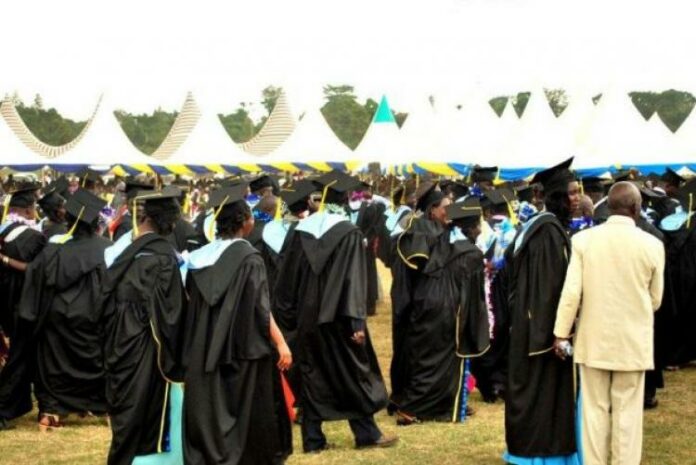The Ministry of Education has explained how the government will disburse funds to University students under the new higher-learning funding model.
The system, which targets students from the 2022 and 2023 KCSE cohorts was introduced by the government in a bid to address financial difficulties among the needy students.
Under the new funding system, students are categorized into five funding bands based on their financial need.
The bands are designed to ensure that financial aid is distributed equitably, with students from the most disadvantaged backgrounds receiving the highest level of support.
According to Higher Education Principal Secretary Beatrice Inyangala, Band 1 covers the extreme needy students from households with a monthly income up to Sh5,995.
Under this category, the government covers 70% of their education costs through scholarships, and an additional 25% through loans, leaving only 5% for the family to contribute. In addition students in this category are eligible to receive Sh60,000 upkeep loan.
James Mwangi’s Salary: Breakdown of pay Equity CEO earns monthly, annually
On the other hand, Band 2 covers families with a monthly income up to Sh23,670. Students under this category get a 60% scholarship and a 30% loan from the government, with their families set to contribute 10 percent. Students in this category will further get Sh55,000 upkeep loan.
Meanwhile, the Band 3 category, which consists of families with a monthly income of up to Sh70,000, will benefit from the government’s 50% scholarship and a 30% loan, with the family contributing 20%. Students are also eligible to Sh50,000 disbursement.
The Education Ministrry further explained that Band 4 and 5 consists of well-off families with a monthly income up to Sh120,000 and above Sh120,000, respectively.
The government covers 40% scholarship and a 30% loan for Band 4 students, with the family expected to cover 30% of the fees. Student receives an upkeep loan of Sh45,000.
In Band 5, the funding is evenly split between 30% scholarships and 30% loans. Families in this band contribute 40% of the total university costs with students eligible for an annual upkeep allowance of Sh40,000.
The process of placing students into these bands is based on a detailed assessment of their financial situation, using the Means Testing Instrument (MTI).
The MTI considers various factors, including household income and financial assets, number of dependents in the household, the presence of any disabilities, and the number of children in the family who are also in school , among others.
The ministry Has so far received applications from 85% of the students who sat their exams last year and qualified for government funding. These applications will continue to be accepted until the end of the year.








